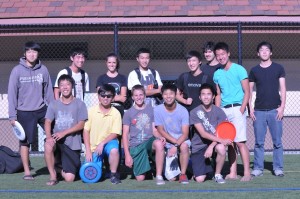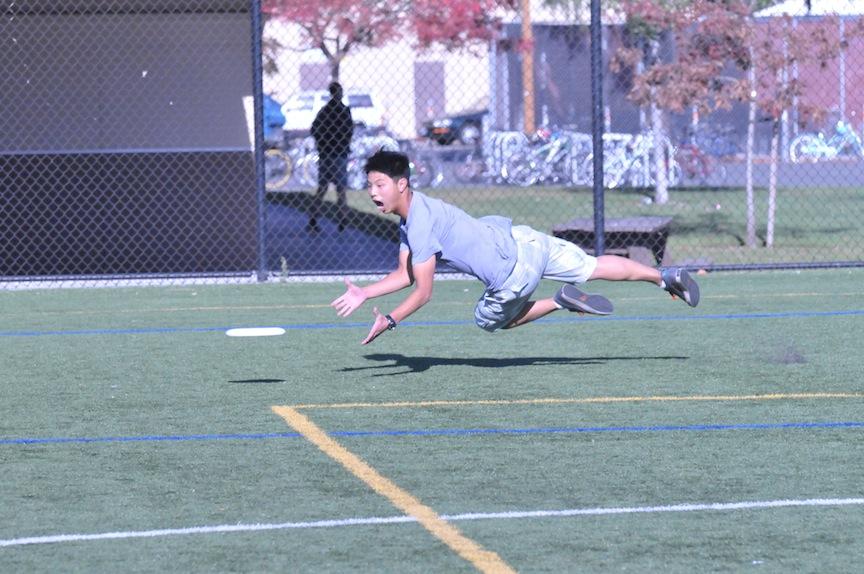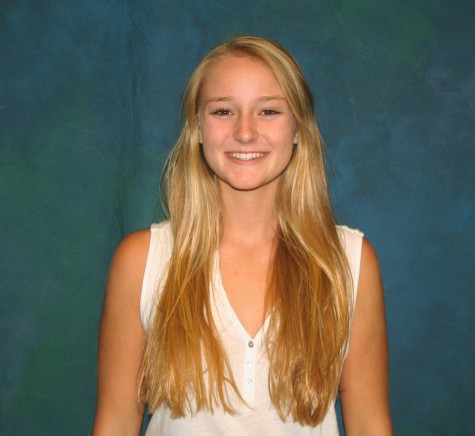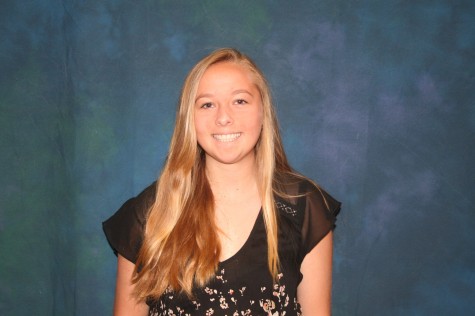Walking across the quad in the afternoons, students can make out figures on the soccer field throwing colorful, spinning disks back and forth. These individuals belong to the Paly Ultimate Frisbee Club.
Although some members of the Paly Ultimate Frisbee Club appreciate the non-committal nature of the club, others feel cheated of the resources granted to school sports and wish that Ultimate was recognized as a varsity sport. The establishment of Ultimate as a varsity sport at Paly would create an outlet for athletes to engage in competitive play with minimal player qualifications.
Originally started as an athletic club a few years ago, the Paly Ultimate Club plays games against local Ultimate teams in a Bay Area league. Recently, the Ultimate Club has played in competitive tournaments around the state.
“We’ve played a round robin tournament at Valley Christian,” club co-president Bryant Vergara (‘14) said. “We play all of the [California] teams at the state championship tournament.”
Regarding player experience and practice attendance, the Ultimate Club has an
inclusive, laid-back attitude. With only seven players needed on each team, the Ultimate Club plays in scrimmages against each itself to practice for their games.
“We take everybody,” Vergara said. “You show up, and if you show up more you get to play. When the season starts getting competitive, we know who is actually going to play.”
Ultimate players appreciate the inclusive spirit of the sport and the teamwork involved in success.
“[Ultimate] is one of those sports that you can’t really dominate by yourself,” Vergara said. “There are always those dominant players, but you can’t really carry a team by yourself. That’s the best part of Frisbee, that it’s more team oriented. It’s not just like, ‘This guy can run 80 yards so he’s fine.’ You have to work as a cohesive unit.”
Although good-natured heckling often
occurs in Ultimate, players remain cautious of harmful taunting, and encourage fair, competitive play. An intentional foul is considered to be against the sportsmanlike attitude that comes along with Ultimate. There are no referees to preserve the non-contact guidelines of the sport, and this self-officiating nature makes Ultimate reliant upon integrity and honesty in the calls which players make.
“We’re not out there to hurt each other,” Vergara said. “We have respect for the other team.”
Club advisor Christopher Farina has played Ultimate since his senior year of high school, and considers himself both a coach and a manager.
“My role with the club is two-fold,” Farina said. “One is to teach [members] the skills and rules [of Ultimate]. The other is to help them connect with opportunities to play.”
Farina appreciates the limited qualifications for the club, and the self-determined level of commitment.
“If [students] want to come and just throw around, cool, come and throw around,”

Farina said. “If you want
to see if you can get really good at it, then come and see if you can get really good at it. I really like the fact that it’s wide open in that sense, it’s really accepting.”
Although the members of the club enjoy its laid-back attitude, they find that there are many downsides the Ultimate team’s status. Not only do players have to fight for adequate practice time on the Paly fields, they also receive no school funding.
“We are a team, but we are just called a club at school,” Marcus Edholm (’14) said. “We want to be recognized as a varsity sport at Paly.”
The Ultimate team faces the challenge of adding Ultimate Frisbee to the Paly athletic program. When considering the transformation of the Paly Ultimate Frisbee Club into a varsity sport, Farina looks to other high school Ultimate teams as models for the future.
“There are a number of high schools that already have [Ultimate] as a varsity sport. It is a growing club, so I think that [the idea of Ultimate as a varsity sport] will at some point be coming down the pipeline.”
As the team expands year by year, they find it more difficult to transport themselvesto games and tournaments without school support.
“If the team were to grow enough to where we were taking a large number of people around, then we’d have to start looking at vans or buses,” Farina said. “It would be nice
to have that kind of support so that kids wouldn’t have to drive each other.”
Farina sees the pros and cons of Ultimate as a Paly club versus a varsity sport.
“There are good things and bad things about [Ultimate being a club],” Farina said. “The good things are that there’s no predetermined culture of that sport, or it’s less so than you’d find in a lot of other sports. We’re free to take anybody with any sort of commitment
level to the sport. The negative side to it is that obviously you don’t get the kind of
support, the resources, the funds that come along [with being a varsity sport].”
Vergara agrees, noting that the many other popular sports, such as field hockey and men’s volleyball, have no place at Paly.
“I think that the athletic program as a whole could expand, but it will take time,” Vergara said.
Until such time, the Paly Ultimate Club will continue to practice their
skills and play competitively as a team.
“My favorite part of the sport is the reliance on the other people on your team,” Edholm said. “The feeling of connecting a pass sequence between half the team that ends in a touchdown is such a rush that is unparalleled in other sports. In other sports a single person would have been the reason for that drive being successful… In frisbee every player is forced to use their team members because the rules of the game dictate it.”<<<





